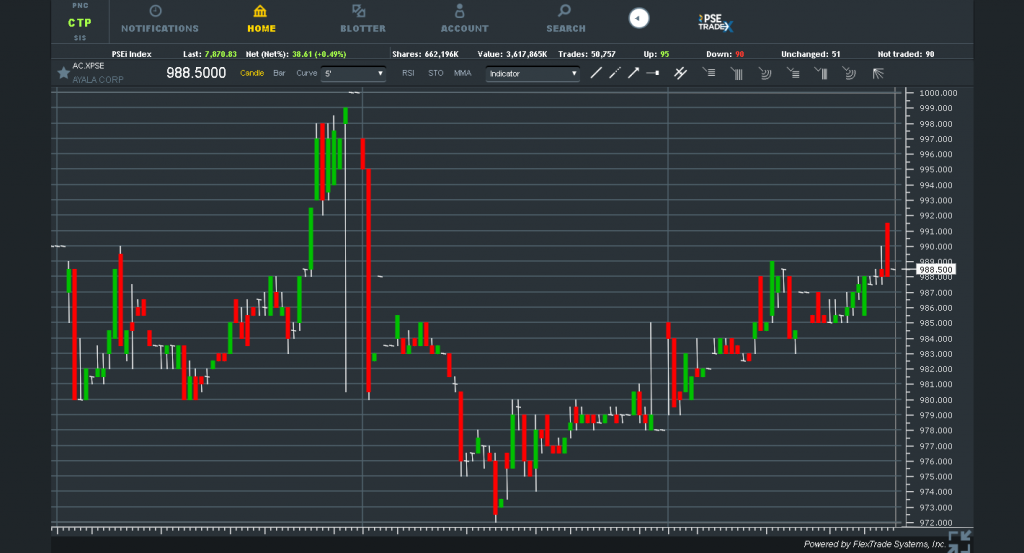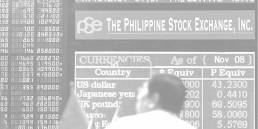The stock market is very volatile, which can be very intimidating to a novice investor. That is why investors must always monitor or keep track of their investments, which means being able to read or interpret the daily stock quotes—a list of prices of stocks at one point within the trading day.

In the past, stocks were quoted in fractions, but now, most exchanges use decimals. Stock quotes are updated regularly during the trading day. Based on these numbers, investors can make decisions on whether to buy or sell, or hold the stocks.
Stock quotes and charts are often found in the financial section of a newspaper, financial magazine or online. These charts provide details on the trends and stock prices of companies that trade stocks in the public trading markets, and the chart is organized in a standardized format of ten (10) columns for easy reading. Here is how to read the basic stock quotes:
NAME
The name of the listed company.
SYMBOL
A unique alphabetic name which identifies the stocks of a listed company. Go to Stock Symbol Lookup
BID
The highest price that a buyer is willing and able to purchase for a share of stock at a particular time, also called the “buyer’s price”.
ASK
The lowest price that a seller is willing and able to offer for sale for a share of stock, also called the “seller’s price”.
OPEN
The opening price of the stock for the day.
HIGH
The highest traded price of a stock during a specific trading period.
LOW
The lowest traded price of a stock during a specific trading period.
CLOSE
The closing price of the trading day
CHANGE OF DIRECTION
Comes in the form of a triangle or arrow head pointing either up or down, which indicates whether the stock is trading higher or lower than the previous day’s closing price. The colors of the stock ticker symbols indicate the trading trends.

Sometimes, the change of direction is indicated by plus or minus symbols. In this case, plus equates to up and minus equates to down.
VOLUME
The total number of shares traded during a given period of time.
VALUE
The amount of transactions in peso terms traded on a particular period. This indicates how much money is turned over from the trading of stocks.
Reference: Philippine Stock Exchange (Edge & Academy)




